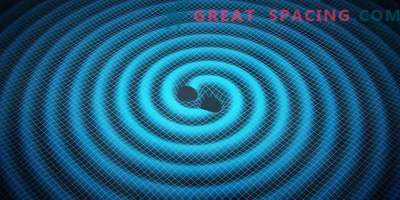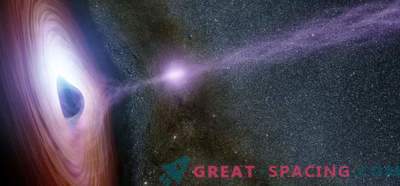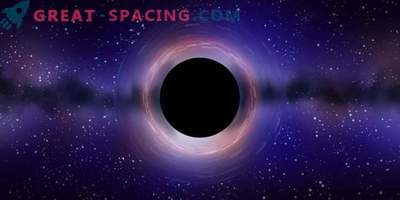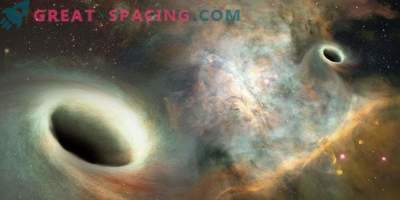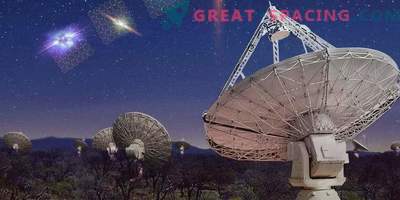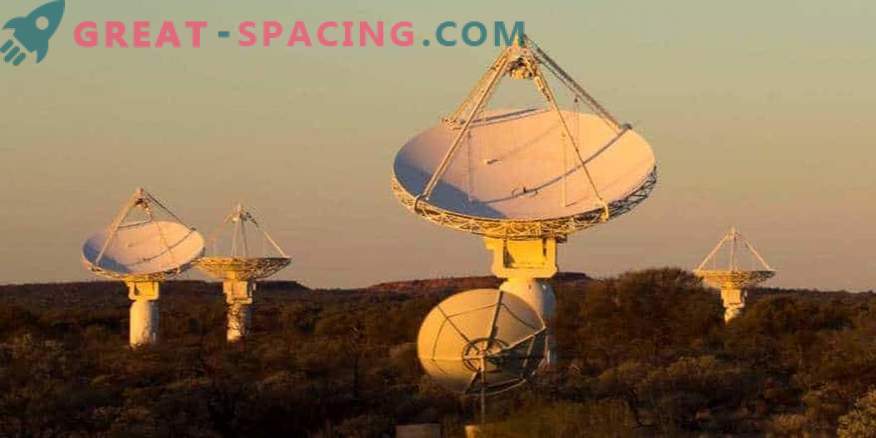
Australian SKA Pathfinder (ASKAP) Antennas at the Western Australia Radar Astronomical Observatory
Now in radio astronomy there was a significant impetus, thanks to which new technologies appeared and universal objects become more accessible. Scientists have already collected a huge amount of data and it is expected that their analysis will lead to new surprising discoveries.
Radio telescopes explore the sky with radio waves. They mark jets of electrons moving at light speed from the supply of supermassive black holes. This is a completely different view, different from the usual visible light.
Black holes existed originally in science fiction, and only then did radio astronomers mark them in quasars. Now we know that all large galaxies possess them.
From early discoveries
Space radio waves were first recorded by Karl Jansky in the 1930s. Since then, their number has increased to hundreds of thousands. Then 4 main projects appeared which increased the volume of signals to 2.5 million. These are WENSS, NVSS, FIRST and SUMSS. Then there was a lull, because there was no technology that could surpass this four.
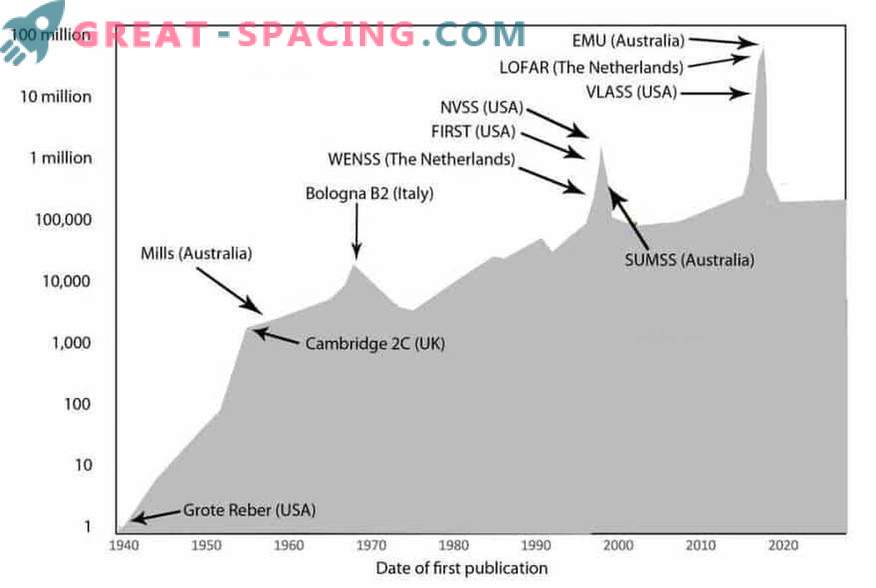
The graph displays two spikes in the number of radio sources found in large studies during this time
New telescopes in Australia, the Netherlands, the USA, South Africa and India are going to return to former radio telescopes. The main project is the Evolutionary Map of the Universe (from Australia). As a result, the number of radio sources should increase to 70 million.
Changes in radio astronomy
Of course, fast informational jumps have consequences for themselves. First of all, some important issues in astrophysics are expected to be explained: why are there so many supermassive black holes, how do galaxies merge, their evolution, etc.
The review will also increase. Very soon, you will be able to view the galaxy in which you live using the Internet.
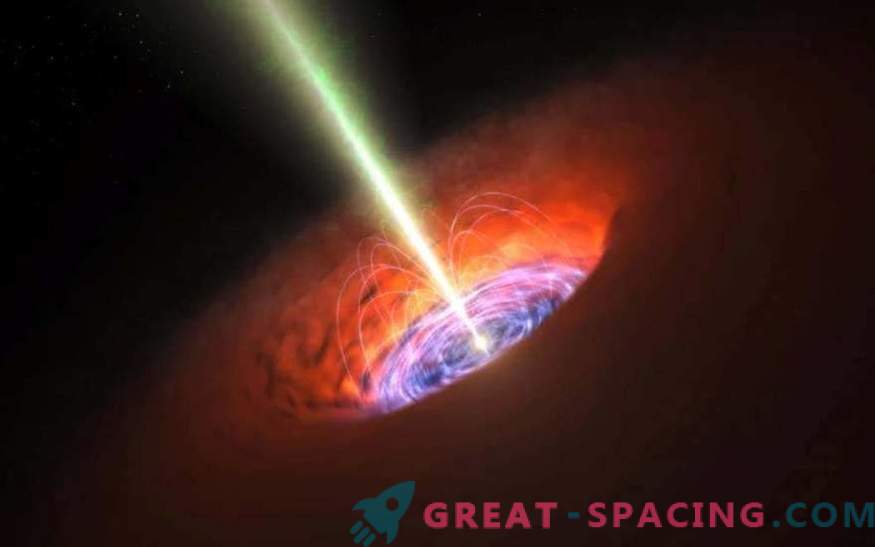
Radio astronomy will be able to provide more information about supermassive black holes.
It is also planned to change the observed wavelengths, since a small number of galaxies were found on the radio waves. Information will be too much, so you have to find new approaches for sorting and even reconsider some theories that will no longer correspond to reality. And let's not forget that previously unseen objects will open up before us, and possibly new varieties.
New discoveries
So, we expect a real information boom, but we don’t yet know what the new radio astronomy will bring. Finding previously unseen objects is difficult. Now we have to recycle a huge array of information to find clues. But we will get the necessary tools and we can only guess what awaits us.


